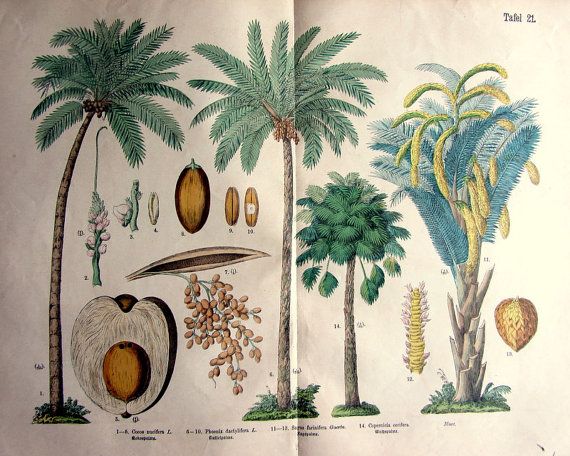 Planten nomenclature
Planten nomenclature
In “Species Plantarum” (underneath this article fully downloadable!) he describes over 5,900 species. Each plant was given a dual name consisting of a genus and species designation.
In order to facilitate the quicker retrieval of plants, he used an artificial arrangement based on numbers of stamens (“class“) and stamps (“order“) in the flowers. This classification is therefore mainly practical rather than scientific. He demonstrated his sense of structure earlier, namely in the ‘Fundamenta botanica‘ (1736), the ‘Critica botanica‘ (1737) and the ‘Philosophia botanica‘ (1751) in which he states that it is necessary to determine the genus of each plant first and then the species.
The monks work of Linnaeus became the official starting point of the modern plant nomenclature when the International Botanical Congress of Vienna decided in 1905 to use the first edition of Species Plantarum as the starting point. The official names are defined in a kind of code, the International Code of Nomenclature for algae, fungi, and plants (ICN or ICNafp).
Taxonomy
The nomenlature (name) should not be confused with taxonomy (classification into groups). Taxonomy is an empirical science that eventually divides plants into taxonomic groups.
By way of illustration:
- Kingdom of plants (Regnum vegetabile):

Robert Fortune
Taxa:
Empire: Plantae (Plants)
Stem: Embryophyta (Landplants)
Class (Classis): Spermatopsida (Seed plants)
Clade: Angiospermae (Flowering plants)
Clade: Monocotylen (Monocots )
Clade: Commeliniden
Order (Ordo): Arecales
Family (Familia): Arecaceae (Palmae)
Nomenclature:
- Genus: Trachycarpus
Species: fortunei
In the nomenclature, the species almost always describes a characteristic (e. g. grandifolia – large-leaf), origin (e. g. chilensis – Chile) or a reference to the botanist (fortune – Robert Fortune)
Notation
The genus is always written with a capital letter: Trachycarpus, Chamaerops,….
The species is always written with a small letter: fortunei, humilis, humilis,….
additions to the name are possible which give more information about the plant itself;
- Natural variety (Varietas): notated small and abbreviated, followed by a lowercase letter “Trachycarpus fortunei var. wagnerianus”
Subspecies: written small and abbreviated, followed by a lowercase letter ”Quercus coccifera subsp. calliprinos”
Shape (forma): written small and abbreviated, followed by a lowercase letter ”Quercus alba f. elongata”
Breed (cultivar): as these are cultivated varieties, we do encounter them most frequently. The name of the variety must be written between single quotation marks and with a capital letter. ”Ophiopogon planiscapus ‘Niger’“
Crossing: where two different species are crossed, it is indicated by an’ x’ indicating the female species before’ x’ and the male species after ‘x’. ”Trachycarpus fortunei x wagnerianus“
Download:
Species plantarum vol I
Species plantarum vol II
© La Palmeraie












